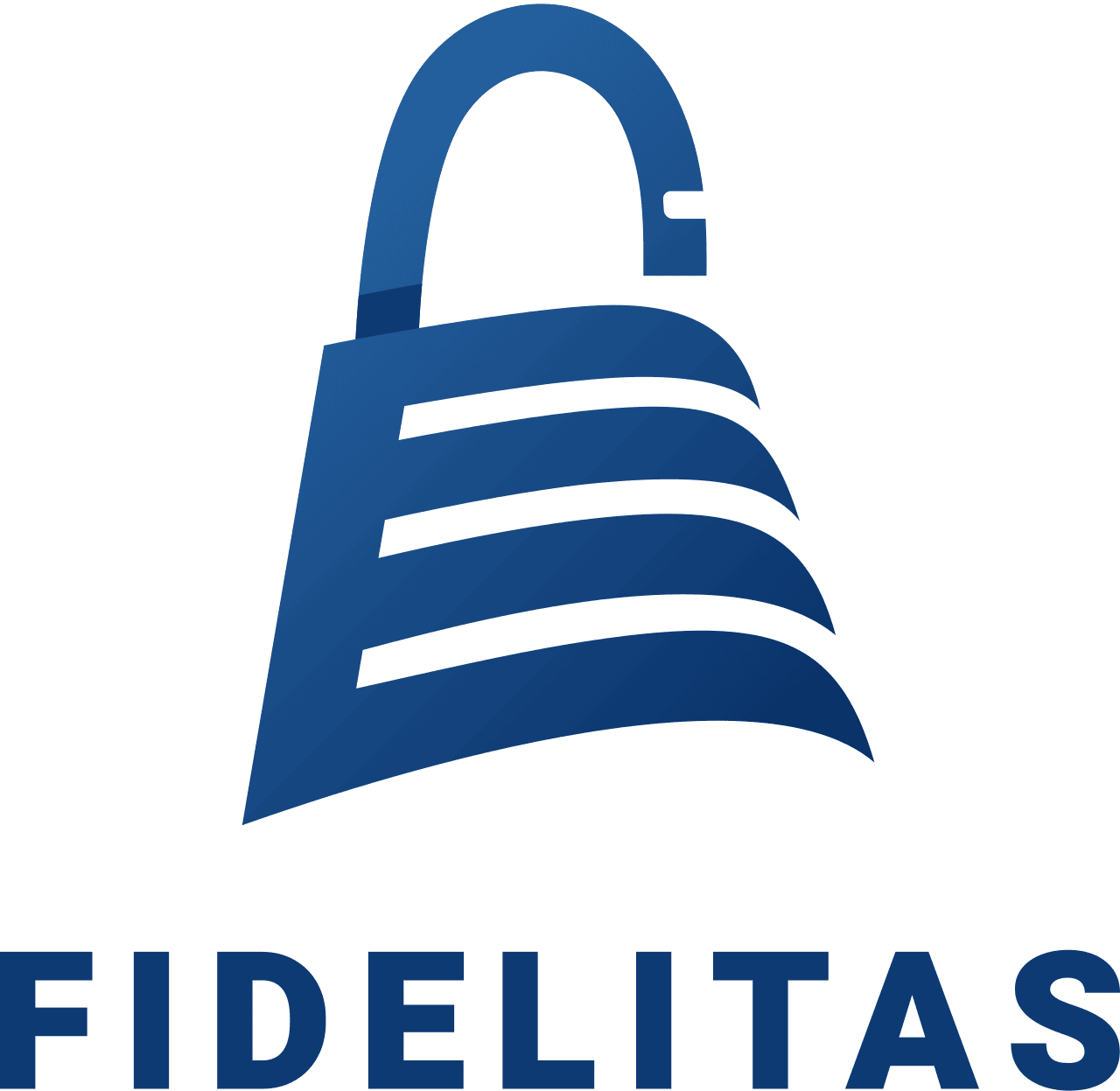In today's hyper-connected world, offering free Wi-Fi is no longer a mere convenience – it's a business necessity. Whether you manage a bustling coffee shop, a luxurious hotel, or a local library, providing a reliable and secure internet connection can be a major differentiator, attracting customers and enhancing their overall experience. However, with this responsibility comes the paramount task of ensuring your guests' online safety. As a Wi-Fi network owner, you are entrusted with safeguarding their sensitive data from prying eyes and malicious actors.
Here at Fidelitas, cybersecurity is not just a buzzword, it's our core principle. This comprehensive guide equips you with the knowledge and tools to create a robust and user-friendly public Wi-Fi network for your guests. By following these ten steps, you can transform your Wi-Fi into a valuable amenity that fosters trust and keeps your guests' data protected.
Step 1: Embrace WPA2 Encryption - The Bedrock of Security
The foundation of any secure Wi-Fi network lies in robust encryption. Configure your router to utilize WPA2 (Wi-Fi Protected Access II) encryption, the current industry standard. WPA2 utilizes the Advanced Encryption Standard (AES) algorithm, a powerful cryptographic scheme that scrambles data in transit between your guests' devices and the access point. This encryption makes it virtually impossible for eavesdroppers to intercept and decode sensitive information like login credentials, financial data, or private communications. Avoid outdated and easily compromised options like WEP encryption or offering an open network with no password protection. These practices are akin to leaving your front door wide open – a security posture that simply cannot be tolerated in today's digital threat landscape.
Step 2: Leveraging Guest Networks - Isolation for Enhanced Security
Modern routers offer a powerful feature known as "guest networking." This functionality allows you to create a dedicated Wi-Fi network separate from your primary network. Imagine a self-contained bubble – the guest network operates on a different subnet, isolating guest devices from your internal systems and any sensitive data stored there. This segregation provides several critical benefits. Firstly, it shields your business from potential vulnerabilities that might exist on guest devices. Malware or infected software on a guest's laptop could pose a serious threat to your internal network if they were directly connected. Secondly, it offers peace of mind for your guests. They can connect to the internet with the confidence that their activities and data remain isolated from your internal systems.
Step 3: Transparency is Key - Setting Clear Network Guidelines
Open communication fosters trust. Provide your guests with clear and concise guidelines for using your Wi-Fi network. This includes prominently displaying the network name and password (consider signage near entrances or printed on receipts). Additionally, outline any acceptable use policies you may have in place. For example, you might choose to restrict bandwidth-intensive activities like video streaming or file sharing to ensure a smooth internet experience for all guests. By offering this level of transparency, you empower your guests and demonstrate your commitment to responsible Wi-Fi management.
Step 4: The Power of Firewalls - Protecting Your Network Perimeter
Your router acts as the gateway between your internal network and the broader internet. Most routers come equipped with a built-in firewall, a digital shield that filters incoming and outgoing traffic on your network. This firewall acts as the first line of defense, screening data packets for suspicious activity and blocking malicious traffic before it can gain access to your network or guest devices. Ensure your firewall is enabled and configured with appropriate rules to safeguard against potential threats attempting to access your network or exploit vulnerabilities on guest devices.
Step 5: Software Updates - Keeping Your Defenses Up-to-Date
Just like any software, router firmware can become outdated and susceptible to vulnerabilities. These vulnerabilities can be exploited by attackers to gain unauthorized access to your network. Schedule regular firmware updates to ensure your router is equipped with the latest security patches. Many routers offer automatic update options for added convenience. Remember, even a seemingly minor firmware update can address critical security flaws, so don't neglect this crucial step.
Step 6: Crafting Strong Passwords - The First Line of Defense
Passwords are the gatekeepers to your Wi-Fi network. Choose a strong and complex password for your guest network. Avoid using easily guessable information like your business name, birthdates, or simple dictionary words. Cybercriminals often employ automated tools that can crack weak passwords in a matter of seconds. Consider using a password manager to generate and store complex passwords securely. These tools can create unique and lengthy passwords for each network you manage, significantly reducing the risk of unauthorized access.
Step 7: Network Monitoring - Vigilance is Key
For larger establishments with high guest traffic or businesses with a heightened security posture, network monitoring tools can be invaluable. These tools offer real-time insights into network activity, providing detailed logs of connected devices, bandwidth usage, and data transfer patterns. Advanced monitoring solutions can also detect suspicious behavior, such as unauthorized access attempts, malware signatures, or Denial-of-Service (DoS) attacks. By proactively monitoring your network activity, you can identify potential threats early on and take swift action to mitigate them. This could involve isolating suspicious devices, blocking malicious traffic, or notifying the appropriate authorities.
Step 8: Educate Your Staff - Empowering Your Team
Your staff is often the first line of interaction with your guests. Equipping them with basic cybersecurity knowledge can significantly enhance your overall security posture. Consider conducting training sessions to educate your staff on identifying suspicious activity on the network. This might include recognizing signs of malware infection on guest devices, spotting unusual network traffic patterns, or being vigilant about unauthorized access attempts. Additionally, train your staff to direct guests with questions about Wi-Fi usage to appropriate resources, such as signage or designated IT personnel. By empowering your staff with basic cybersecurity knowledge, you foster a culture of security awareness within your business.
Step 9: Disclaimers and Legal Considerations
While not a substitute for robust security practices, a well-crafted disclaimer can limit your liability in case of guest misuse of the network. This disclaimer should be clearly displayed on signage near Wi-Fi access points or during the connection process. The disclaimer should outline the terms of service for using your Wi-Fi network, including acceptable use policies and limitations of liability. It's crucial to consult with a legal professional to ensure your disclaimer is clear, concise, and legally sound. Remember, a well-crafted disclaimer can provide an additional layer of protection for your business.
Step 10: Partnering with a Security Expert - Proactive Protection
In today's ever-evolving threat landscape, staying ahead of the curve is paramount. Consider partnering with a cybersecurity company like Fidelitas to ensure your Wi-Fi network remains a secure haven for your guests. We offer a comprehensive range of services tailored to your specific needs. This might include:
- Router Configuration and Vulnerability Assessments: Our team of security professionals can analyze your existing network infrastructure, identify potential vulnerabilities, and configure your router with optimal security settings.
- Ongoing Network Monitoring and Threat Detection: Fidelitas offers advanced network monitoring solutions that provide 24/7 vigilance. Our team will actively monitor your network for suspicious activity and take swift action to mitigate any potential threats.
- Security Awareness Training: We can develop and deliver customized security awareness training programs for your staff, empowering them to identify and report suspicious activity on the network.
- Penetration Testing: Penetration testing simulates a real-world cyberattack, allowing us to identify and address any weaknesses in your network defenses before they can be exploited by malicious actors.
Building Trust Through Security
By implementing these comprehensive steps, you can create a secure and reliable Wi-Fi network that enhances your guests' experience and fosters trust in your business. Remember, cybersecurity is an ongoing process. Stay informed about emerging threats by subscribing to reputable security resources and adapt your security measures accordingly. With Fidelitas as your partner, you can ensure your Wi-Fi network remains a secure haven for your guests in the ever-evolving digital landscape.


